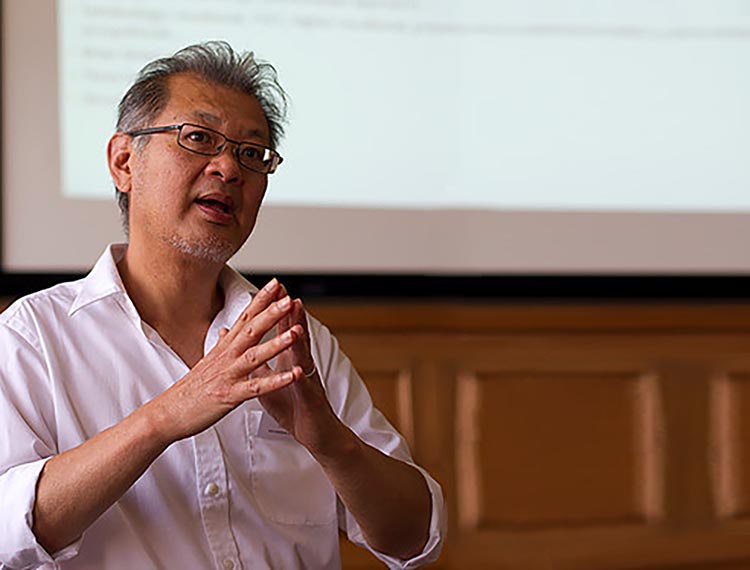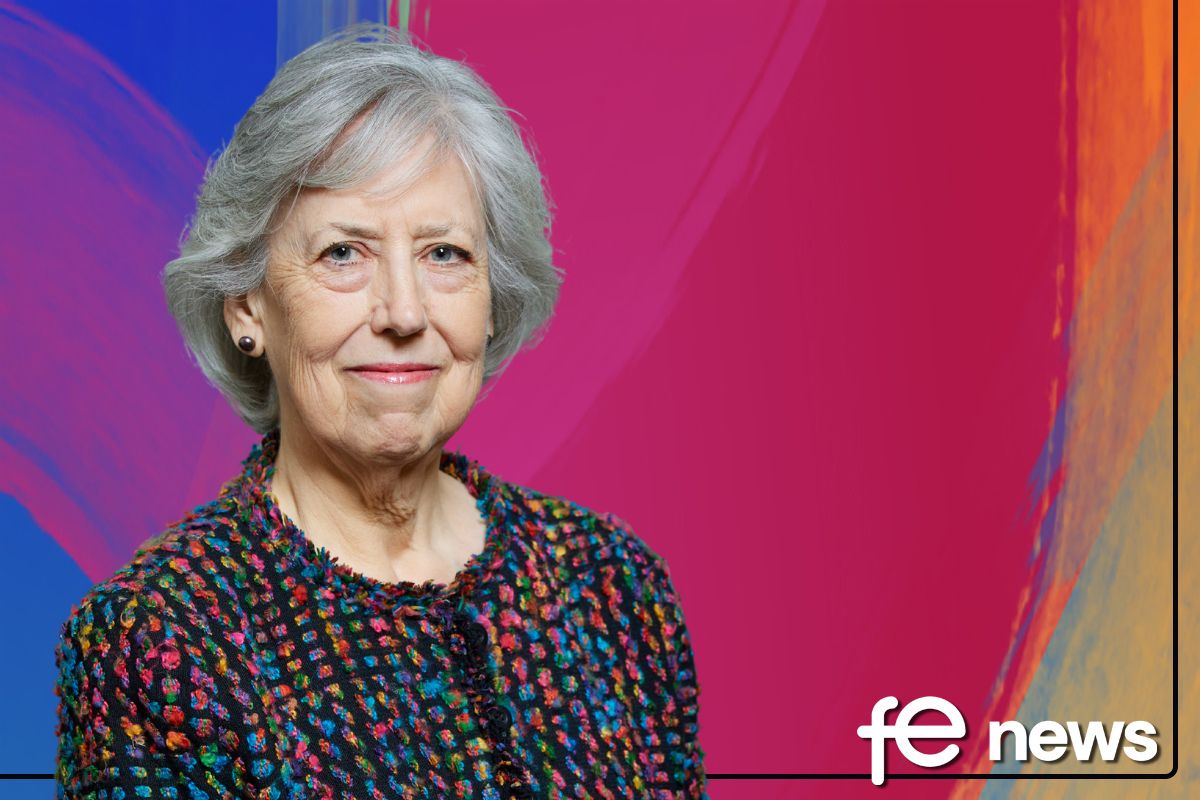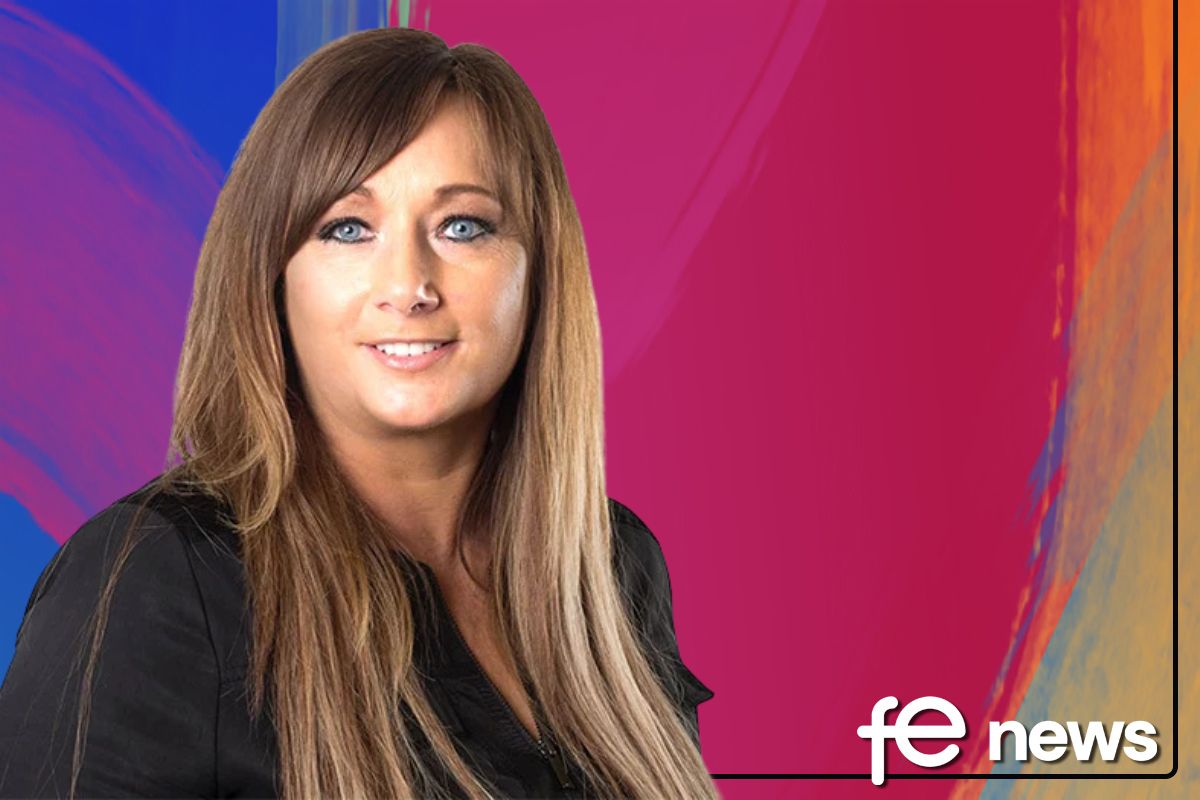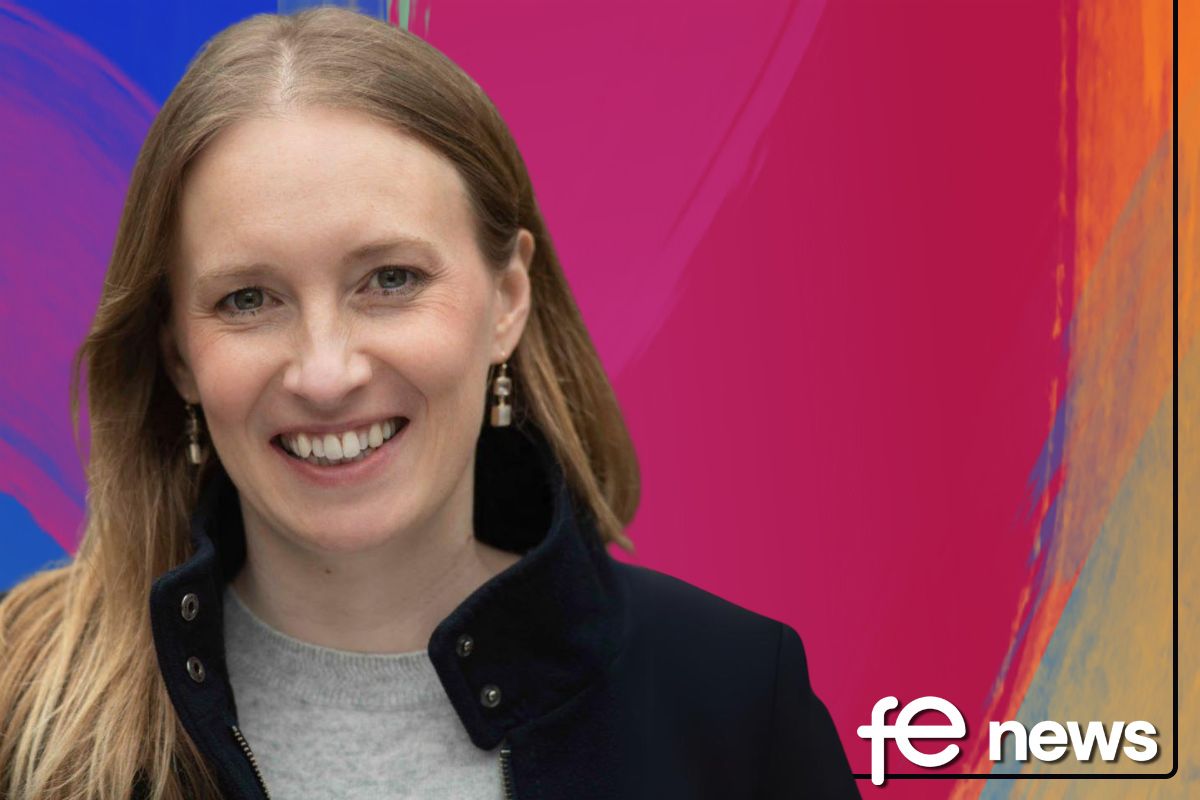FE teachers’ professional identities

Further Education, Professional and Occupational Pedagogy
This series of articles is taken from the research monograph, Further Education, Professional and Occupational Pedagogy: Knowledge and Experiences (Loo, 2019).
This first article centres on FE teachers’ professional identities, the second article on their emotional ecology, and the third, on reconceptualising teacher education as part of a strategic approach to widening participation.
Previous studies on compulsory and FE teacher identities were focused on their formation and characteristics, conflicts and marginalization, and pragmatism aspects and that teaching knowledge and identities were viewed discretely.
This article studies the FE teachers’ pedagogic, personal and occupational know-how and their relationships with their professional identities.
The findings are based on empirical data funded by the Work-Based Learning for Education Professionals Centre at the UCL Institute of Education.
Questionnaire and semi-structured interviews of eight participants (all with vocational/occupational experiences) were carried out.
Relevant literature
Shulman (1987) provided seven types of teaching knowledge. They were pedagogical content knowledge, content knowledge, curriculum knowledge, general pedagogical knowledge, knowledge of learners, knowledge of educational contexts, and knowledge of educational values. These types are mainly explicit knowledge. Buehi and Fives (2009) developed these types to include tacit and explicit forms, enactive experiences and self-reflection. Loughran et al. (2003) further expand on Shulman’s typology by focusing on hidden aspects of teaching practices such as encouraging peer learning and raising learners’ awareness of quality learning. Verloop et al. (2001) focused on teachers’ practical knowledge, including real-life and everyday practical experiences of teachers. Regarding the relevant study on teachers’ identities for this study, Viskovic and Robson’s (2001) differing trajectories of vocational teachers such as multi-membership identity have resonance with the empirical data.
Results
Resulting from the data analysis, three sources of teaching know-how and three forms of professional identities are identified. The sources of professional knowledge are pedagogical, real-life and occupational (work-related). The forms of identities include multi-identities, double and hybrid varieties. Unlike the previous studies on teachers’ identities (including those on the FE sector), the teachers’ occupational experiences and practices were not included, and thus this study offers new insights and identities.
Multi-identities
Teacher C is a male in his 40’s and teaches painting and drawing in adult and community institutions. He is a qualified teacher and works part-time. He qualified as an architect. He is a practicing architect and artist when not teaching.
This ongoing iconography is a sense of therapy such as dealing with loved ones, living on my own and the impact on how I view the world, ongoing psychological state as an artist where one uses Freud’s notion of dreams to feed my art and how these experiences feed into my teaching…Teaching motivates me, gives me a sense of purpose and making a difference as well as informs my occupational practices, e.g. creation of an ideal home as a theme with students, parents and teachers as a way of managing art, architecture and teaching. These pedagogic activities beg questions of home, displacement and identity, which I can link to my art (print work) and architecture activities. (Teacher C)
Teacher C’s quotation covers all three knowledge sources: pedagogical, real-life and occupational. With pedagogic know-how (Shulman, 1987; Loughran et al., 2003; Buehi and Fives, 2009), he uses his experiences of ‘home, displacement and identity’ to inform his teaching. He draws on his dreams (as real-life experiences) (Verloop et al., 2001) to support both his teaching and artistic activities in printmaking. He uses his architectural know-how (occupational) such as home to engage with his learners. For Teacher C, he can combine all the three knowledge sources to his activities of teaching, printmaking, architecture (as he manages building projects alongside his other jobs) and personal life. Regarding the identities, Teacher C provides an example of multi-identities as he refers to his several roles within and outside of teaching practices (Viskovic and Robson, 2001).
Double life identity
From Teacher C’s narrative, a double life identity may be gleaned as he juggles between teaching and occupational workloads, possibly due to financial reasons. This example is particularly prevalent in the current economic climate. There is a positive symbiotic relationship between teaching and occupational roles as one role supports the other and provides confidence in doing the jobs.
Hybrid identity
Teacher B, a qualified lecturer in his 50s, teaches at an FE college. He works full-time as an IT and art deliverer. His other occupational qualifications include graphic art, palmistry, homeopathy and reflexology. Here are his comments:
I’ve been a student and lecturer for the past ten years, so my experiences have been on both sides of the fence and in homoeopathy as a student and seeing how different teachers cope…invariably, my experiences as a teacher and as a student always apply in my teaching, as I am a perpetual student. My approach to teaching is not to use a big stick and not dumb down to primary and secondary levels but work on delivery and start from learners’ world. I believe that my extensive life and work experience gained from living and working in Australia, Switzerland and the US as well as here in the UK has given me a tolerant and curiosity- focused approach to the education process. (Teacher B)
Teacher B is a lifelong learner (as indicated by his wealth of occupational expertise) and his affinity with his learners, provides the example of the third type of professional identity: hybrid. This example may be viewed as a combination of learning elements as a teacher and as a learner which is used to understand and motivate students.
Dr Sai Loo, UCL Institute of Education, University College London
Sai Loo (PhD, MA, BSc, FHEA, ACA, FETC) has taught in FE and worked in industry as a Chartered Accountant. Sai has published over 120 articles, conference papers and keynotes (84 per cent are single-authored) including six research monographs with Routledge. His research area is ‘occupational education’ across teaching, learning and work settings from pre-university to professional education.
Summary
In the next article, I will focus on the FE teachers’ emotional ecology.
References
Buehi, M. M., Fives, H. 2009 Exploring teachers’ beliefs about teaching knowledge: where does it come from? Does it change? The Journal of Experimental Education, 77(4): 367–408.
Loo, S. 2019 Further Education, Professional and Occupational Pedagogy: Knowledge and Experiences. Abingdon: Routledge.
Loughran, J., Mitchell, I., Mitchell, J. 2003 Attempting to document teachers’ professional knowledge. Qualitative Studies in Education, 16(6): 853–873.
Shulman, L. S. 1987 Knowledge and teaching: foundations of the new reform. Harvard Educational Review, 57(1): 1–22.
Verloop, N., Van Driel, J., Meijer, P. 2001 Teacher knowledge and the knowledge base of teaching. International Journal of Educational Research, 35(5): 441–461.
Viskovic, A., Robson, J. 2001 Community and identity: experiences and dilemmas of vocational teachers in post-school contexts. Journal of In-Service Education, 27: 221–236.











Responses